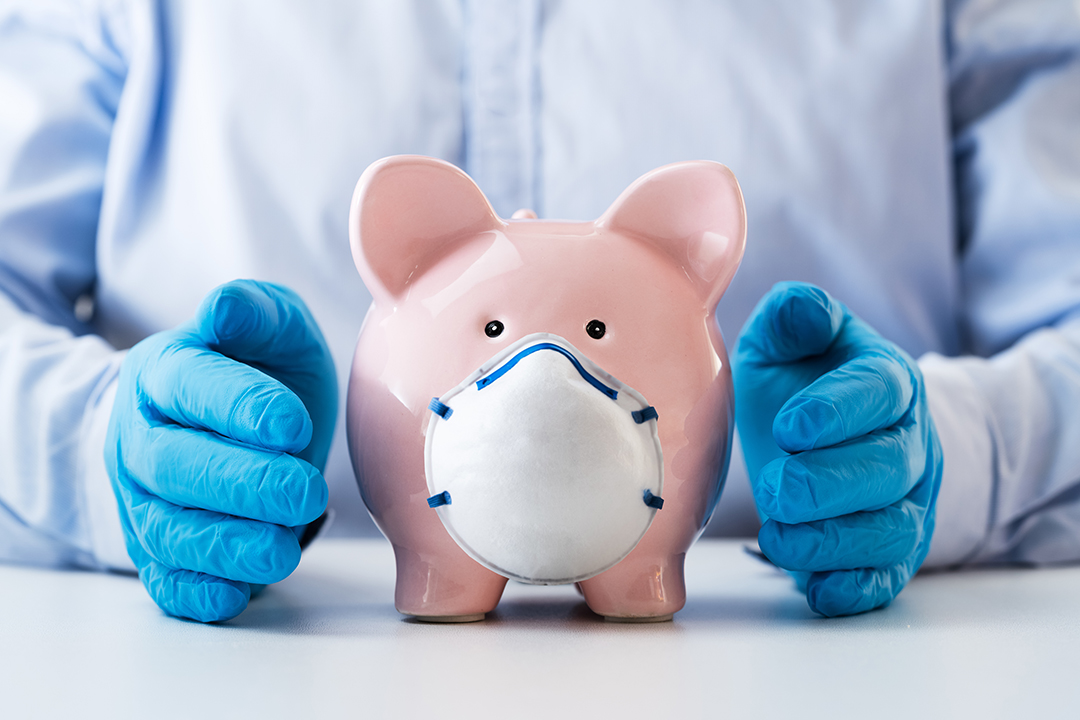

Super has been hit hard by the Coronavirus. Falls across the board in share markets, plus flow on impacts to the values of commercial property and corporate bonds have wiped billions of dollars from the total super pool.
According to industry researcher SuperRatings, the median balanced super fund lost 8.9% in March and is down 10% for the quarter. Funds that have a higher mix of “growth” assets such as shares, property and international shares lost 12.5% in March and 14.1% over the quarter. Even lower investment risk options such as capital stable style funds, which typically invest in very defensive style assets, got caught up in the market turmoil losing 4.1% in the month and 3.8% over the quarter.
It is a better picture over the last 12 months, with growth style funds down 6.4%, balanced funds down 3.1% and capital stable funds up by 0.4%. These estimates are after tax and fees.
Demonstrating the value of long-term investing, even after a month like March 2020, growth funds have over the last 10 years returned 6.5% pa, balanced funds have also returned 6.5% pa and capital stable funds 4.9%. These returns are materially higher than inflation over that period, which has averaged a touch under 2% pa. In numbers rather than percentages, $10,000 invested in a growth super fund in March 2010 is now worth (after taxes and fees) $15,956 at the end on March 2020.
This highlights the dilemma facing those who access their super early. Short term assistance to help with the current crisis, but potentially at a great cost to their retirement incomes.
Under the Government’s COVID-19 assistance package, individuals can withdraw tax free up to $10,000 of their super before 30 June and up to another $10,000 after June 30. To qualify, they need to satisfy one of the following requirements: be unemployed, be eligible for the jobseeker payment; or after 1 January, be made redundant, had their working hours cut by 20% or a sole trader where turnover is down by 20% or more. Already, more than 600,000 people have registered an interest to access their super early.
But taking money out of the super system early will have a huge impact on retirement incomes, particularly for those with 20 or more years to go. The following table demonstrates the impact of withdrawing $20,000 from super early. It shows the change in the total balance at retirement depending on the number of years to retirement, and the after tax investment return over that period.
Impact on Retirement Super Balance – early withdrawal of $20,000

For example, a 47-year-old woman has 20 years to go to her retirement at age 67. Assuming that the super fund can earn a return of 6.5% pa over the 20 years (after taxes and all fees), by withdrawing $20,000 now, her retirement super balance will be $70,473 lower than it otherwise would have been.
An extreme, but possible example, is a 27-year-old man in a high-growth fund expected to earn an average return of 8.0% pa. His retirement super balance will be a massive $434,490 lower if he takes out the $20,000 early.
Unlike a number of industry professionals, I am not against the idea of people impacted by the Coronavirus accessing some of their super early. After all, if you can’t access it in a crisis situation such as now, what is the point of having a compulsory savings system? It is important to plan and prepare for retirement but we have to get there in one piece first. Further, Australia has the government-funded aged pension that retirees can fall back onto if their super savings are inadequate. Interestingly, around 70% of retirees today receive a full or part aged government pension, with projections showing that this is not expected to change materially in the foreseeable future.
This all said, retirees are going to be a lot better off being financially “self-sufficient” and not relying on the government aged pension, so the goal must still be to maximise the super nest egg.
If you need to access your super early, have a plan to get the monies back into super as soon as your financial situation improves. Consider it as a “temporary” withdrawal rather than a “permanent” withdrawal, and aim to repay it. Get back into tax advantageous strategies like salary sacrifice and utilise as much of your annual super contributions cap of $25,000 that you can.
Access it early, but pay it back early. Every year out will impact your retirement nest egg.